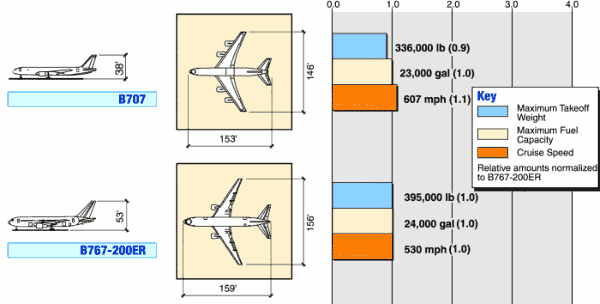creativedreams
Weaver
- Nov 15, 2009
- 1,165
- 28
- 71
Let's talk about the 47 vertical steel support columns in the core of each Twin Tower that somehow cut themselves and blew out of the way fast enough all the way down for the top floor in each building to hit the ground almost as fast as a ball would hit the ground if dropped right beside them.
Perhaps we can also discuss how everything but the steel was exploded into a huge cloud of dust before it even hit the ground and settled over the city....
[ame="http://www.youtube.com/watch?v=qhyu-fZ2nRA"]YouTube- 9/11: South Tower "Collapse" video compilation[/ame]
Perhaps we can also discuss how everything but the steel was exploded into a huge cloud of dust before it even hit the ground and settled over the city....
[ame="http://www.youtube.com/watch?v=qhyu-fZ2nRA"]YouTube- 9/11: South Tower "Collapse" video compilation[/ame]




